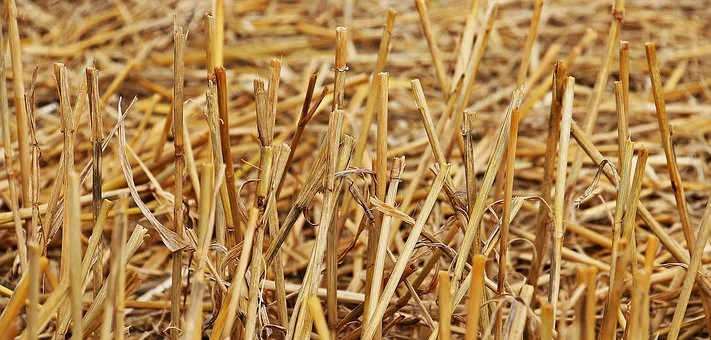Where stubble burning impacts more?
- According to a central government air quality monitoring agency, the share of stubble burning in Delhi’s pollution rose to 42% last year.
- The Ministry of Earth Sciences’ air quality monitor, SAFAR, said the farm fire count in Punjab, Haryana, Uttar Pradesh, Uttarakhand, and neighbouring areas increased significantly and stood at 4,135 till October 2020.
- SAFAR said the boundary layer wind direction is north-westerly — favourable for the transport of pollutants from farm fires.
- satellite imagery from NASA recently showed that a large, dense cluster of fire dots is covering Punjab and parts of Haryana and Uttar Pradesh.
- The Air quality index for Delhi has risen to a severe category already.
- An AQI reading between zero and 50 is termed “good”, between 51 and 100 is termed “satisfactory”, between 101 and 200 is “moderate”, between 201 and 300 is “poor”, between 301 and 400 is “very poor”, and 401 and 500 is considered “severe”.
The stubble burning process which is seen as an easy way out causes many problems. Important of them are the following:
- It releases harmful gases including nitrogen oxide, carbon monoxide, methane, Volatile organic compounds, carcinogenic polycyclic aromatic hydrocarbons, and particulate matter (PM2.5 and 10) into the atmosphere.
- In recent years, this practice has created vast smoke blankets across the Indo-Gangetic Plain and numerous neighbouring States, including Delhi.
- This directly exposes millions of people to air pollution. As per TERI (The Energy and Resources Institute), in 2019 the air pollution in New Delhi and other parts of north India was 20 times higher than the safe threshold level as prescribed by the World Health Organization.
- Crop burning contributed to nearly 40% of the near-surface PM2.5 in the capital region in 2016 which saw one of New Delhi’s worst pollution episodes.
- Stubble burning also has a deleterious impact on soil fertility by destroying organic material and nutrients from the soil. The heat penetrates into soil killing useful microbes.
- Stubble burning also causes an increase in enemy pests due to the killing of useful microorganisms.
- Stubble burning causes a reduction of soil moisture and also reduces groundwater levels in the region.
- Apart from these direct impacts it also leads to loss of useful ‘wealth’ that is stubble. Stubble may be useful in creating high-grade organic fertilizer by mixing it with cow dung and some enzymes.





